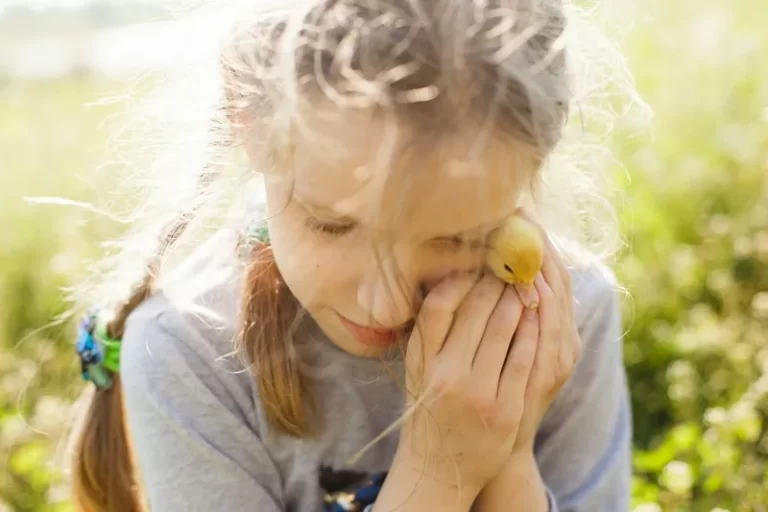Table of Contents
- Historical Evolution of Marriage
- Cultural Variations in Marriage
- The Functions of Marriage
- Contemporary Challenges and Changes
- Sociological Perspectives on Marriage
- The Future of Marriage
- Conclusion
Marriage, as a social institution, has existed for millennia, transcending cultures, religions, and societies. It is a legally and socially sanctioned union, often between two individuals, that establishes rights and obligations between them, their children, and their in-laws. Marriage is not merely a personal relationship but a societal construct that reflects and shapes social norms, values, and expectations. Understanding marriage sociologically involves examining its historical evolution, cultural variations, and the changing dynamics in contemporary society. This overview will delve into the historical evolution of marriage, its cultural variations, its functions, contemporary challenges, sociological perspectives, and its future.
Historical Evolution of Marriage
Ancient and Medieval Conceptions
Historically, marriage served various functions, including economic cooperation, lineage preservation, and political alliances. In ancient civilizations, such as Mesopotamia and Egypt, marriages were arranged to strengthen family ties and secure economic and political stability. For instance, royal marriages often aimed to solidify alliances between powerful families or nations. In these contexts, marriage was less about individual choice and more about family strategy and social order.
During the medieval period in Europe, the church played a crucial role in sanctifying marriage, viewing it as a sacrament. Marriages were often arranged by families to consolidate wealth and power, with love being a secondary consideration. The Christian doctrine emphasized the indissolubility of marriage, promoting it as a lifelong union blessed by God. This religious influence reinforced the social stability of marriage, making it a cornerstone of medieval society.
Transition to Modernity
The Industrial Revolution and the advent of modernity brought significant changes to the institution of marriage. The rise of individualism and the separation of the public and private spheres allowed for more personal choice in marriage. The concept of romantic love gained prominence, and the idea of marriage for companionship and emotional fulfillment emerged. This shift marked a departure from marriages primarily based on economic or social considerations. Additionally, legal reforms in the 19th and 20th centuries granted individuals more autonomy in marital decisions, further embedding the idea of marriage as a personal choice.
Cultural Variations in Marriage
Western Societies
In Western societies, the nuclear family model, consisting of a husband, wife, and their children, became the dominant form of family structure. Marriage is typically based on mutual affection, with legal frameworks emphasizing equality and individual rights. Divorce rates are relatively high, reflecting changing attitudes towards marital permanence and personal happiness. The emphasis on individual fulfillment has led to a more fluid understanding of marital roles and responsibilities, with couples often negotiating their dynamics based on personal preferences rather than rigid societal expectations.
Non-Western Societies
In contrast, many non-Western societies continue to uphold traditional marital practices. In parts of Africa, Asia, and the Middle East, arranged marriages remain prevalent, with families playing a significant role in selecting partners. These marriages often emphasize collective well-being and familial obligations over individual desires. Polygamy, although less common, persists in some cultures, reflecting different societal norms and economic realities. In these societies, marriage is often seen as a communal event that binds not just two individuals, but two families or communities.
Cross-Cultural Comparisons
Cross-cultural comparisons reveal that marriage practices vary significantly around the world. For example, in India, the concept of “love marriages” versus “arranged marriages” illustrates the ongoing tension between traditional practices and modern values. In many Indigenous cultures, marriage practices are deeply intertwined with spiritual beliefs and community traditions. These variations highlight the diverse ways in which societies construct and understand the institution of marriage, reflecting broader cultural, economic, and social contexts.
The Functions of Marriage
Social and Economic Stability
Marriage has historically provided social and economic stability. It creates a framework for raising children, pooling resources, and establishing social networks. Married couples often enjoy economic advantages, such as shared income, property, and access to social benefits. This economic stability can contribute to overall societal cohesion and well-being. In many societies, the economic aspect of marriage extends to dowries or bride prices, which serve as mechanisms for wealth transfer and social alliances.
Reproduction and Child-Rearing
A primary function of marriage is the reproduction and socialization of children. It provides a structured environment for raising offspring, imparting cultural values, and ensuring continuity of societal norms. The family unit, formed through marriage, is the primary agent of socialization, shaping the behavior and beliefs of the next generation. This function of marriage underscores its importance in maintaining the social fabric and continuity of cultural traditions.
Emotional and Psychological Support
Marriage also serves an emotional and psychological function, offering companionship, support, and intimacy. It provides a sense of belonging and security, which can contribute to individual well-being and mental health. The emotional bonds formed within marriage can act as a buffer against stress and adversity. In contemporary society, where individuals often face significant stressors, the supportive role of marriage is increasingly recognized as a key component of personal well-being.
Regulation of Sexual Behavior
Another significant function of marriage is the regulation of sexual behavior. By establishing socially sanctioned relationships, marriage helps to control and channel sexual activity in ways that are considered acceptable by society. This regulation has implications for social order, as it helps to prevent conflicts and issues related to illegitimacy and inheritance. In many societies, marital norms around fidelity and sexual exclusivity are strongly enforced, reflecting broader values around morality and social cohesion.
Contemporary Challenges and Changes
Shifts in Gender Roles
One of the most significant changes in contemporary marriage is the shift in gender roles. The feminist movement and increased participation of women in the workforce have challenged traditional notions of marital roles. Couples are negotiating more egalitarian relationships, with shared responsibilities in both domestic and professional spheres. This shift has implications for power dynamics, household labor distribution, and marital satisfaction. For example, the concept of “second shift” highlights the dual burden many women face in managing both professional work and household responsibilities.
Legal Recognition of Same-Sex Marriage
The legal recognition of same-sex marriage marks a profound change in the institution of marriage. It reflects broader societal acceptance of diverse sexual orientations and relationships. Same-sex couples now have the same legal rights and protections as heterosexual couples, including inheritance, taxation, and parental rights. This legal shift challenges traditional definitions of marriage and promotes inclusivity and equality. The movement towards legal recognition has been accompanied by broader social campaigns aimed at reducing stigma and discrimination against LGBTQ+ individuals.
Decline in Marriage Rates
There is a noticeable decline in marriage rates in many parts of the world, particularly in Western societies. Several factors contribute to this trend, including changing attitudes towards marriage, increased cohabitation, and delayed marriage due to educational and career pursuits. The decline in marriage rates raises questions about the future of this institution and its role in society. Sociologists are particularly interested in understanding how these trends reflect broader shifts in values and economic conditions.
The Rise of Cohabitation
Cohabitation, or living together without formal marriage, has become increasingly common. This trend reflects changing attitudes towards the necessity of legal marriage and highlights the desire for flexible relationship arrangements. Cohabitation can serve as a trial period for couples considering marriage or as a long-term alternative. The rise of cohabitation challenges traditional notions of commitment and prompts discussions about the legal and social recognition of various forms of partnerships.
Sociological Perspectives on Marriage
Functionalist Perspective
From a functionalist perspective, marriage is viewed as a fundamental institution that contributes to the stability and functioning of society. It performs essential functions, such as socializing children, regulating sexual behavior, and providing economic support. Functionalists emphasize the role of marriage in maintaining social order and cohesion. They argue that marriage helps to create a stable environment for raising children, which in turn supports the overall stability and continuity of society.
Conflict Perspective
Get the full article AD FREE. Join now for full access to all premium articles.
View Plans & Subscribe Already a member? Log in.




